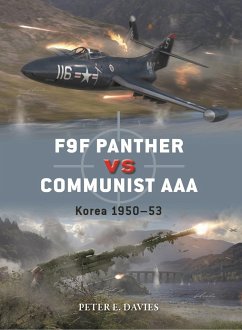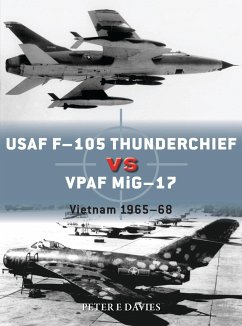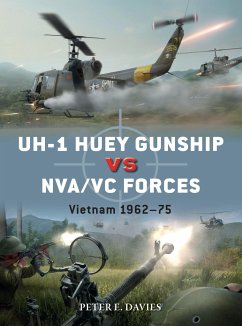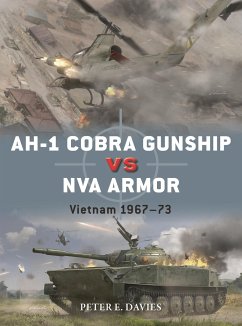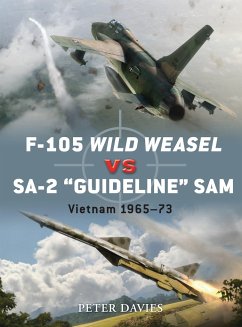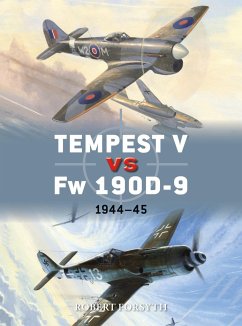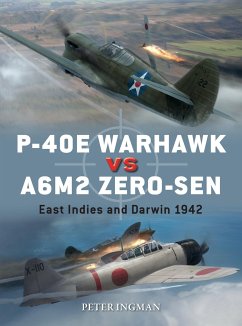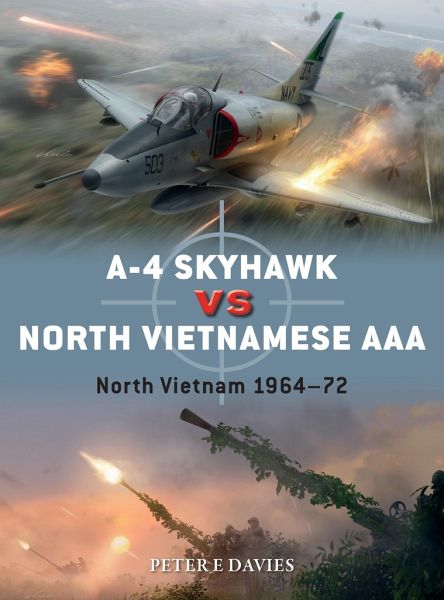
A-4 Skyhawk Vs North Vietnamese AAA
North Vietnam 1964-72
Illustrator: Laurier, Jim; Hector, Gareth
Versandkostenfrei!
Versandfertig in 2-4 Wochen
20,99 €
inkl. MwSt.
Weitere Ausgaben:

PAYBACK Punkte
10 °P sammeln!
An exploration and analysis of the tactics, equipment and effectiveness of the Douglas A-4 Skyhawk, the US Navyâ s primary strike weapon during the war in Vietnam, and its main adversary â North Vietnamâ s anti-aircraft artillery network.
Dieser Artikel kann nur an eine deutsche Lieferadresse ausgeliefert werden.




